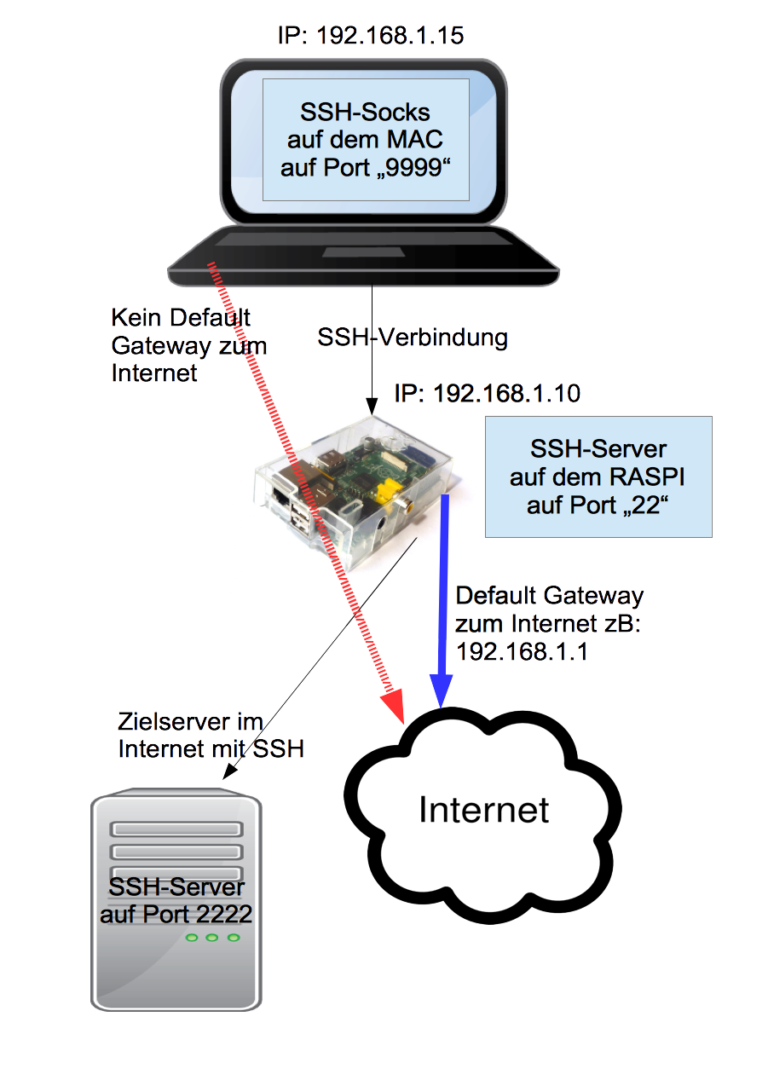

Connect and run some code to see the magic: So even if the remote host is not accessible for Tinkerwell, the app connects to the local port and gets a tunnel to ubuntu-remote. ssh -NL 2222:localhost:22 ubuntu-remoteĪfter that, create a new SSH connection in Tinkerwell and point it to localhost with port 2222. Go to your terminal and forward a local port – this example uses 2222 to port 22 on ubuntu-remote via localhost. This is already a huge security improvement, but how do we use this in Tinkerwell? Tinkerwell itself can't handle this SSH magic directly, but we can use local port forwarding to connect to a local port with the app – and actually run code on ubuntu-remote. If you look at this screenshot closely, you can see that the last login is from the IP address if the jumphost and not from our local machine. This setup allows us to connect to ubuntu-remote via ubuntu-jump with a single ssh ubuntu-remote command in our local terminal. As you can see, the remote host uses your key pair, so even if someone gains access to ubuntu-jump, they can't access ubuntu-remote. As a recommendation, both servers should also have dedicated key pairs as well. Host ubuntu-jumpįor a real world application, you likely don't connect via the root user but a dedicated user for your purposes.

ProxyJump and port forwarding are built into SSH, so the main task is setting up the configuration in our ~/.ssh/config file. This setup is the bare minimum that is required to show how it works and it is not related to Tinkerwell directly but useful for anyone who want an extra layer of security for their production environments. So if we try to connect to ubuntu-remote via the IP directly, the connection times out. ubuntu-jump is accessible via SSH from anywhere, but ubuntu-remote only allows SSH connections from ubuntu-jump. They are called ubuntu-jump and ubuntu-remote.
#Ssh use proxy how to
Tinkerwell does not support ProxyJump or Prox圜ommand automatically, so if you go through a JumpHost to connect to a production environment and can't access the target host directly, Tinkerwell does not know how to connect.įor this post, we have set up two new Ubuntu 22.04 servers for demonstration purposes. Additionally, we use local port forwarding to connect to the remote server via Tinkerwell. This setup allows you to limit SSH connections to a production environment to a single IP address and add an extra layer of protection to your application. In this post, we configure ProxyJump to connect to a remote server via a jumphost. Using ProxyJump to connect to a remote host behind a firewall


 0 kommentar(er)
0 kommentar(er)
